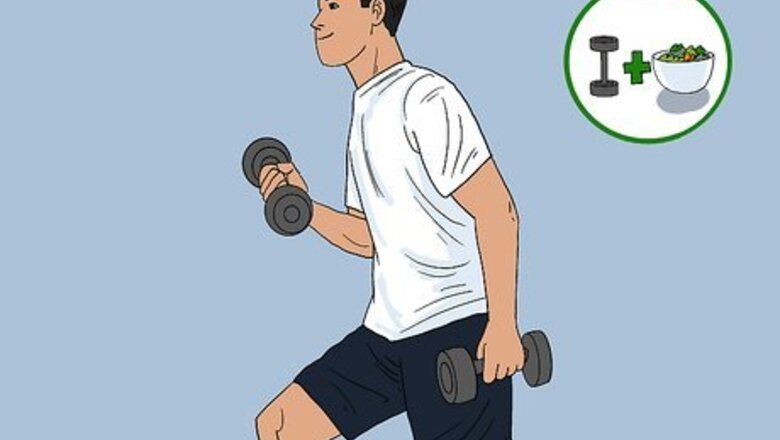
views
X
Research source
Creating an Exercise Plan
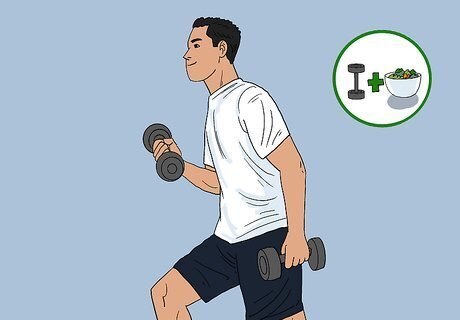
Commit to at least 30 minutes of exercise a day. An intense lifestyle change is typically required to improve your insulin sensitivity. Exercise is perhaps the most important change you'll make and will drastically decrease your insulin resistance over time. Look at your regular daily schedule and figure out what times you have available for exercise. Then you can start formulating your exercise plan. Aim to get upwards of 150 minutes of aerobic exercise every week to maintain a healthy lifestyle. If you've lived a relatively sedentary life, 30 minutes of exercise may be difficult for you at first. You don't necessarily have to do the whole 30 minutes at once, though — especially not at first. Work exercise into your day slowly by exercising for 10 minutes, 3 times a day to start. Make a list of activities that you enjoy doing. Include a variety to motivate you and keep you from getting bored.Tip: Get friends or family members involved! If you have an "exercise buddy," they can help motivate you and keep you accountable. You might also try signing up for a fitness class or joining a gym.
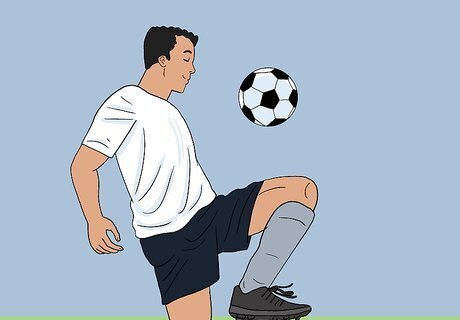
Choose an aerobic activity that you enjoy. Aerobic exercise will strengthen your heart and cardiovascular system. While aerobic exercise is important, you also don't want to force yourself to do something you hate. If you're doing something you enjoy, you'll have a better chance of sticking with your plan. For example, if you enjoy soccer, you might want to join a community or recreational league team. While this isn't necessarily daily activity, it will keep you motivated to exercise so you can improve your performance for the team. You might also consider learning something new. For example, tennis provides good aerobic exercise. If you've always wanted to learn how to play tennis, see if lessons are available in your community. The easiest way to get started with aerobic exercise is by simply walking. If walking seems boring, consider going to a beautiful park or an area with lots of interesting things to see. That will make your walks less boring.Tip: If you're getting your aerobic exercise by walking or cycling on a stationary bike, try listening to an audiobook — especially something suspenseful. Only listen to the audiobook while you're exercising, then you'll have the motivation to exercise again so you can hear the next part.
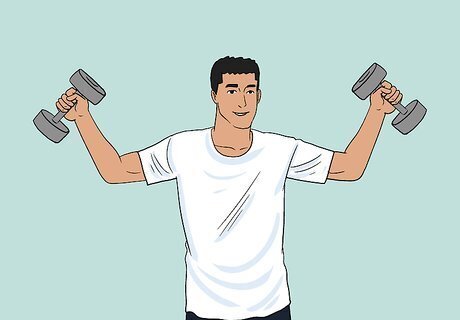
Combine aerobic exercise with resistance training. Aerobic exercise is great in and of itself, but to get the best results in terms of improving your insulin sensitivity, do resistance or weight training as well. With the combination of aerobic exercise and resistance training, you can reverse insulin resistance in as little as a week without making any drastic changes to your diet or losing a significant amount of weight. To maintain these results, however, you have to commit to your exercise as a lifelong change. If you stop exercising, your insulin sensitivity will drop back down to its previous levels.
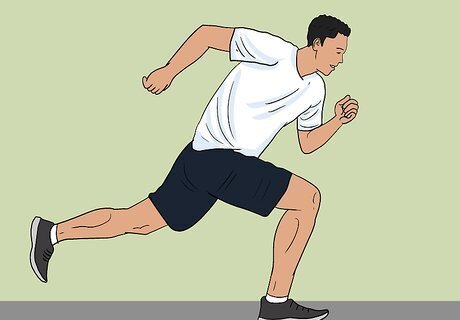
Include brief periods of more intense aerobic activity. If you're engaging in an aerobic exercise at a constant speed, you're definitely improving your cardiovascular strength. But to really improve your health, add intervals of more intense activity. This will send your system into overdrive and dramatically improve your insulin sensitivity. If you're playing a game, such as tennis or soccer, you'll naturally have intervals of less-intense activity punctuated by bursts of vigorous activity. If you're doing an individual activity, such as walking or cycling, however, you'll have to improvise intervals of higher intensity on your own. For example, if you're walking for 30 minutes, you might include 3 5-minute intervals of faster walking. Simply walk 10% faster than you normally would. If you usually take 90 steps a minute, walking 10% faster would mean taking 99 steps a minute.Tip: Smartphone or smartwatch apps can help you monitor your steps and the intensity of your workouts. Some of these are free to use, while others require a subscription or the purchase of additional equipment (such as a FitBit).
Adjusting Your Diet
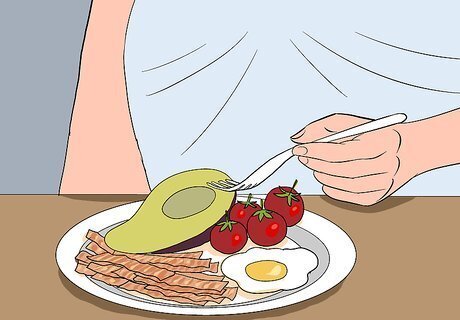
Try a low-carb or ketogenic diet. A ketogenic or modified ketogenic diet combined with exercise may dramatically improve your insulin sensitivity as well as helping you lose weight. Because the diet is popular, it's easy to find recipes for your favorite meals that fall within the diet's restrictions. Ketogenic diets, generally, are very low-carb diets. It's important to talk to your doctor before you start a ketogenic diet, because you may need to take some precautions before starting the diet. Some ketogenic diets are specifically designed for athletes or people who are highly active on a regular basis, while others are geared more towards the average person. Make sure you maintain a balanced diet with your daily recommended levels of vitamins and minerals. There may be a small risk of high uric acid due to a ketogenic diet, which could lead to kidney stones or gout.

Stick to whole foods as much as possible. Avoid processed foods and frozen meals. Instead, cook your meals at home using whole, fresh ingredients. This ensures you get all of the nutrients from the food with no added sugars or fats. If you're not used to cooking, it can take some time to get in the habit. Try making all your meals for the week on a weekend day and then dividing them into portions. The food prep will make it easier for you to get through the week, when your days are likely more hectic, without feeling the urge to just grab something from a restaurant or order delivery. Search online for simple recipes that only call for 2 or 3 ingredients. These meals are easier to cook with less room for error, so they're a good way to get started cooking your own food.
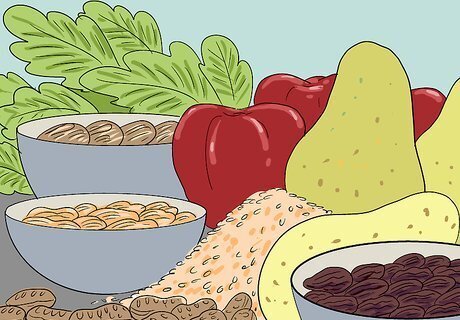
Include fiber along with whole grains in each meal. Fiber improves your insulin sensitivity and reduces the risk that you'll develop diabetes. Search for foods that have no added sugars and contain at least 5 grams of fiber per serving to ensure you get enough. Whole grains such as brown rice, oats, and quinoa are good sources of fiber. Other options include: Fresh fruits, such as pears, apples, prunes, or dried figs Nuts and seeds Vegetables, such as leafy greens, squashes, or peas Beans, such as lentils, navy beans, or kidney beans
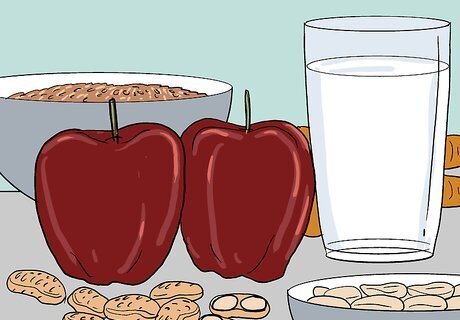
Build your diet around low-glycemic foods. The glycemic index ranks carbs on a scale from 0 to 100 based on how quickly they raise your blood sugar levels after eating. High-glycemic foods are digested quickly and cause spikes in your blood sugar. Low-glycemic foods, on the other hand, are digested more slowly and have less of an impact on your blood sugar. Foods with a rating of 55 or less are considered low-glycemic. Low-glycemic foods include apples, peanuts, skim milk, whole wheat, bran cereals, carrots, oatmeal, and brown rice. The University of Sydney (Australia) has a searchable database of the glycemic index of common foods available at http://www.glycemicindex.com/foodSearch.php.Tip: In addition to improving your insulin sensitivity, low-glycemic foods also help with weight loss.

Choose foods that have a low glycemic load. In addition to the glycemic index, you also want to pay attention to a food's glycemic load. The glycemic load tells you the total amount of carbs (excluding fiber) that the food delivers per serving. Loads are either low, medium, or high. Choose foods with low or medium glycemic loads that also have a low glycemic index. Foods with a low glycemic load include apples, oranges, kidney beans, black beans, skim milk, cashews, peanuts, and carrots Foods with a medium glycemic load include brown rice, oatmeal, whole-grain bread, and whole-grain pasta Foods with a high glycemic load include baked potatoes, french fries, white rice, and white-flour pasta

Go with intermittent fasting rather than grazing. Eating 2 larger meals a day — say, a hearty breakfast and a filling lunch — has more benefits for people with insulin resistance than eating several smaller meals interspersed with snacks. This is referred to as intermittent fasting (IF) because you don't eat for most of the hours in the day. Some people choose to start their eating period early in the morning with breakfast and close it shortly after lunch. For others, particularly those who work a night shift, starting with the first meal at noon or early afternoon might be better. With the typical IF diet, you eat 2 substantial meals and then nothing else for the rest of the 24-hour period. Sleeping is included in your "fasting" hours. Aim for 16 fasting hours out of every 24 if you do this type of IF diet. Intermittent fasting can also help better control your glucose and cholesterol levels. Other IF diets eat normally throughout the day, but only 2 or 3 days a week. Many people consider this type of IF diet more challenging, but it might work for you.Tip: It can take some trial and error to find the right eating interval that doesn't make you miserable or have you feeling like you're starving. No matter what IF diet you start, prepare for the first couple of weeks to be difficult while you adjust.
Making Changes to Your Lifestyle
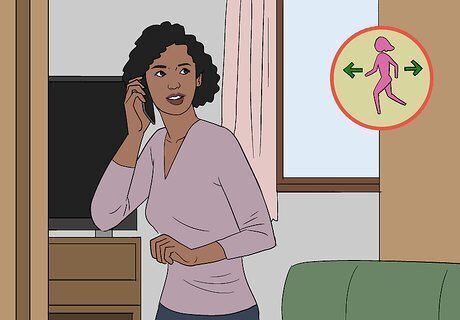
Stay active throughout your day. Keeping your body active and moving will help maintain the insulin sensitivity improvements you've achieved through regular exercise. In addition to your 30 minutes of exercise, make an effort to move more than you sit throughout the day. This can be a challenge if you go to school or have a relatively sedentary job. However, you can still get up and move around periodically. For example, you might get up and pace while you're talking on the phone. At home, move around or march in place while you're watching TV or ride on a stationary bike while you scroll through social media. You can also sneak in activity by parking further away from your destination, doing nearby errands on foot, or taking the stairs instead of the elevator.
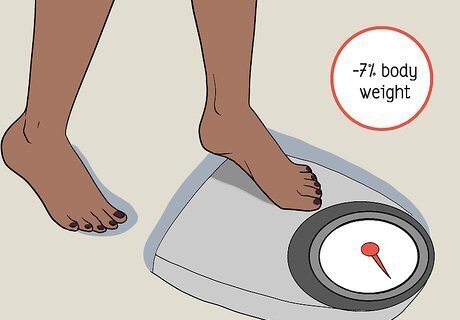
Make a plan to lose at least 7% of your total body weight. If you are overweight or obese, your weight contributes to your insulin resistance. The good news is if you lose at least 7% of your body weight, you can cut your risk of diabetes by as much as 80%. If you've altered your diet and started exercising, you should find it relatively easy to start losing weight. However, a specific weight-loss plan will help you stay on track. Figure out how much weight you want to lose and set goals. Weigh yourself every day and track your progress. Generally, you should aim to lose no more than 1–2 pounds (0.45–0.91 kg) a week if you want to lose weight in a healthy way. Losing at least 5% of your body weight can be beneficial for glycemic control, lipids, and blood pressure.Tip: There are many smartphone apps that will help you create a weight-loss plan and stick to it. Most of these apps, however, require a monthly subscription if you want to save your data and access all of the features.

Get at least 7 to 9 hours of sleep every night. Sufficient sleep is essential if you want to improve your insulin sensitivity. Even if you've changed your diet and started exercising, you may not get the full benefit if you're sleep-deprived. Going to bed at the same time and waking up at the same time — even on weekends — will set your internal clock so that you'll have more energy during the day and feel less tired. Removing all distractions from your bedroom can also help you fall asleep faster. You may also want to listen to calming music or run a fan at night. Turn off all screens — electronic devices, phones, computers, TVs — at least an hour before bedtime. This will help your brain relax and prepare for sleep.

Moderate or abstain from drinking alcohol. Abstaining from alcohol, at least for a month, may improve your insulin sensitivity. When you do drink, do so in moderation. The basic guidelines are one drink for biological females or two drinks for biological males. A drink is defined as 12 fluid ounces (350 ml) of beer, 5 fluid ounces (150 ml) of wine, or 1 ⁄2 fluid ounces (44 ml) of distilled spirits, such as vodka or whiskey. If you find it difficult to quit drinking alcohol, you may need additional help. Talk to your doctor or a trusted family member.

Get help to quit smoking if you're a smoker. Smokers are significantly more likely to have insulin resistance than non-smokers. Even though diet and exercise can help improve your insulin sensitivity, you won't get the full benefits if you continue to smoke. It is extraordinarily difficult to quit smoking, especially on your own. Talk to your doctor. They'll help you come up with a plan to quit and can talk to you about prescription medications and other cessation aids that might work for you.

Learn effective strategies to cope with stress. High levels of stress can lead to higher blood sugar and insulin resistance. While Exercise can help alleviate some of the bad effects of stress on your body, other techniques can help your mind cope with everyday stress and avoid stressing out unnecessarily. Many people find yoga helps them manage stress and, contrary to popular belief, you don't have to be extremely flexible to enjoy the practice and benefit from it. Taking time to meditate, even if it's just for 5 minutes a day, can also improve your inner calm and help you better cope with stressful situations.




















Comments
0 comment